mood board for potential places i could take landscape photographs off in a romanticized way.
I mainly plan on photographing the coastal areas of jersey and cliffs + sand dunes in sunny weather to make sure the sea looks bright and sparkly.
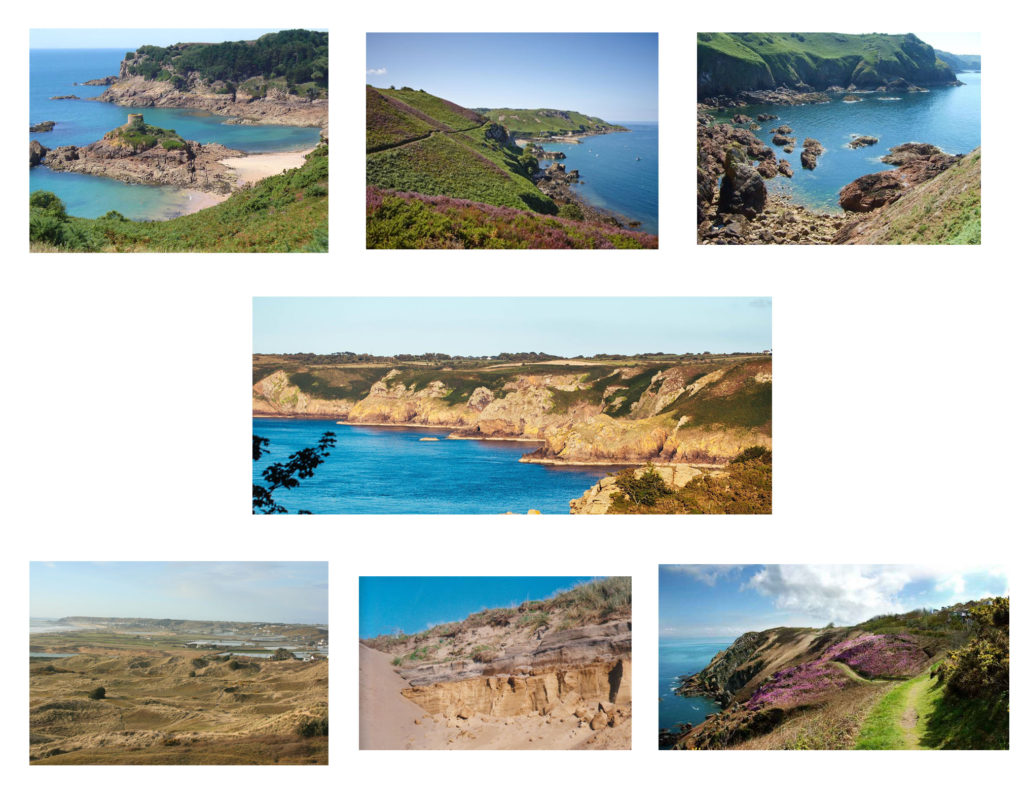
mood board for potential places i could take landscape photographs off in a romanticized way.
I mainly plan on photographing the coastal areas of jersey and cliffs + sand dunes in sunny weather to make sure the sea looks bright and sparkly.

St Helier

I found an old image is it made me think of st helier but at another decade and I find it interesting because you can see how over time the style changes. People’s clothes but also the architecture of the building behind.
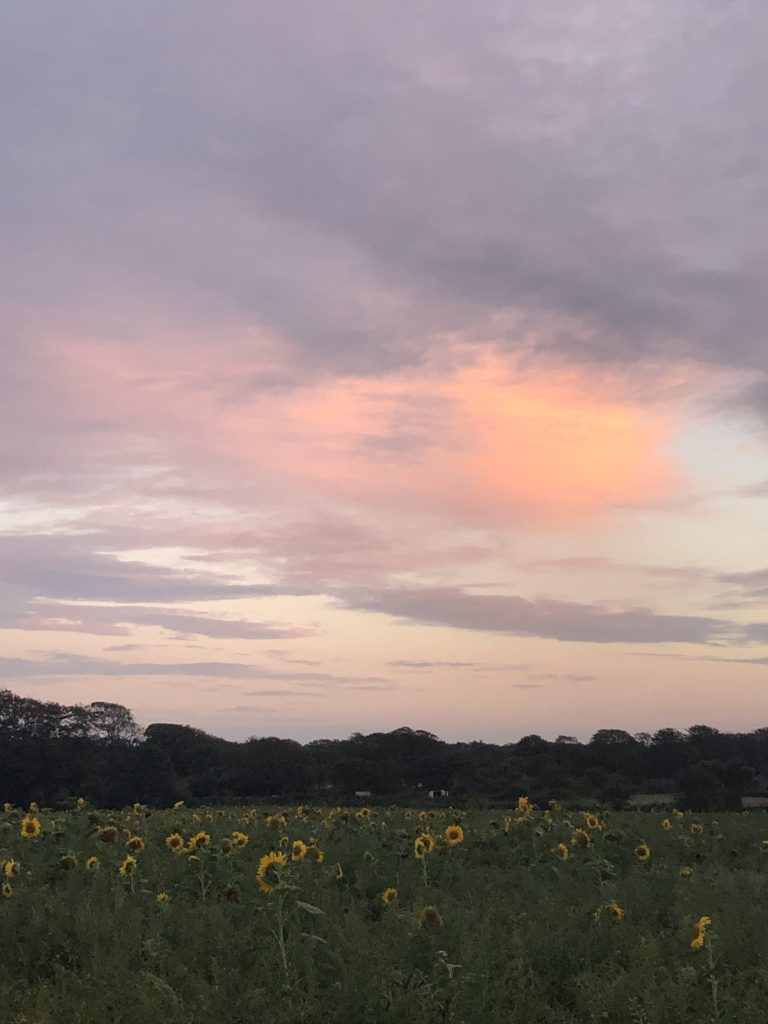
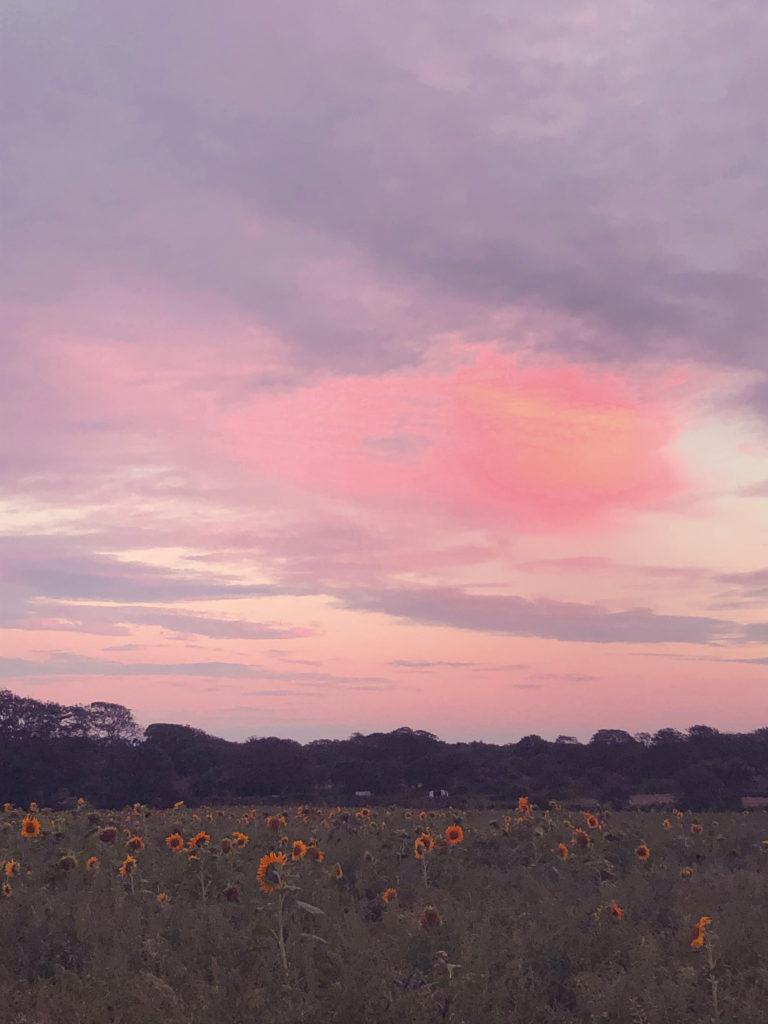

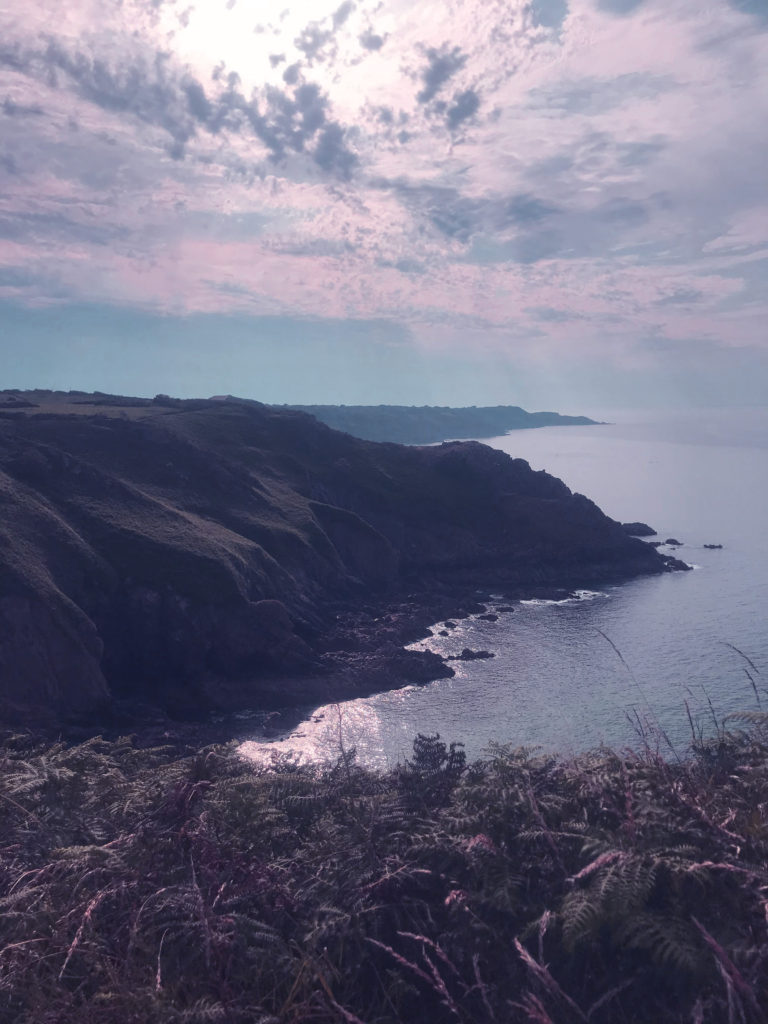

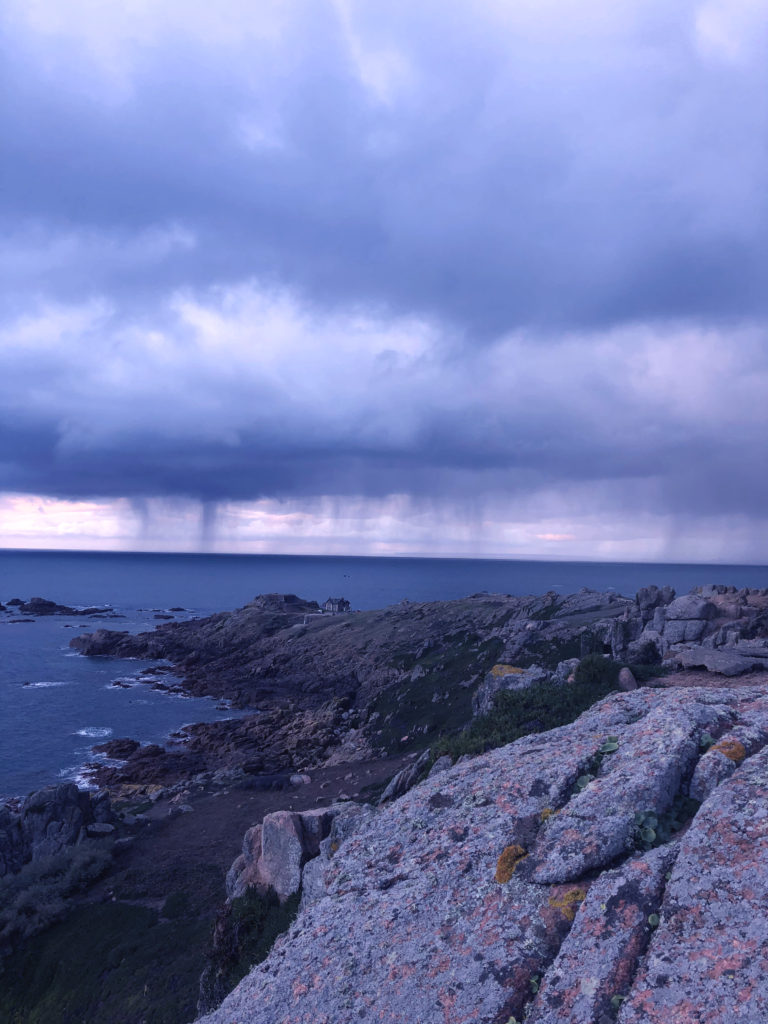
I decided to further experiment with photoshop in this photoshoot so I decided to edit the images in a similar way to the classic romanticism in art. To do this I used colour filters and adjusted the hue and colour saturation to exaggerate the colours in the photo. I think the black and white edits add a more vintage and classic, intense look to the photographs. On the other hand I think that the coloured edits relate closer to the theme of romanticism in art.

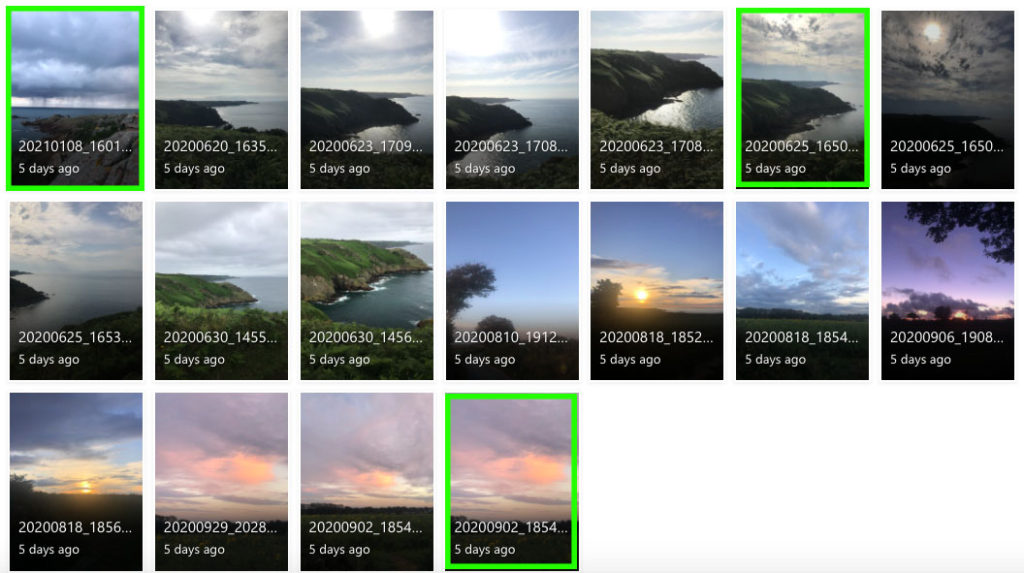
I believe the images highlighted in green are my most successful images in terms of Ansel Adams style of photography. I feel like these images have a better sense of romanticism because of the colours, tones or the interesting shape of the clouds. Putting these images in black and white through photoshop would further develop the same style that Adams is widely known for.
In general, these photos would be better quality if they were taken with a camera rather than a phone, however I did not have access to a camera for this photoshoot.

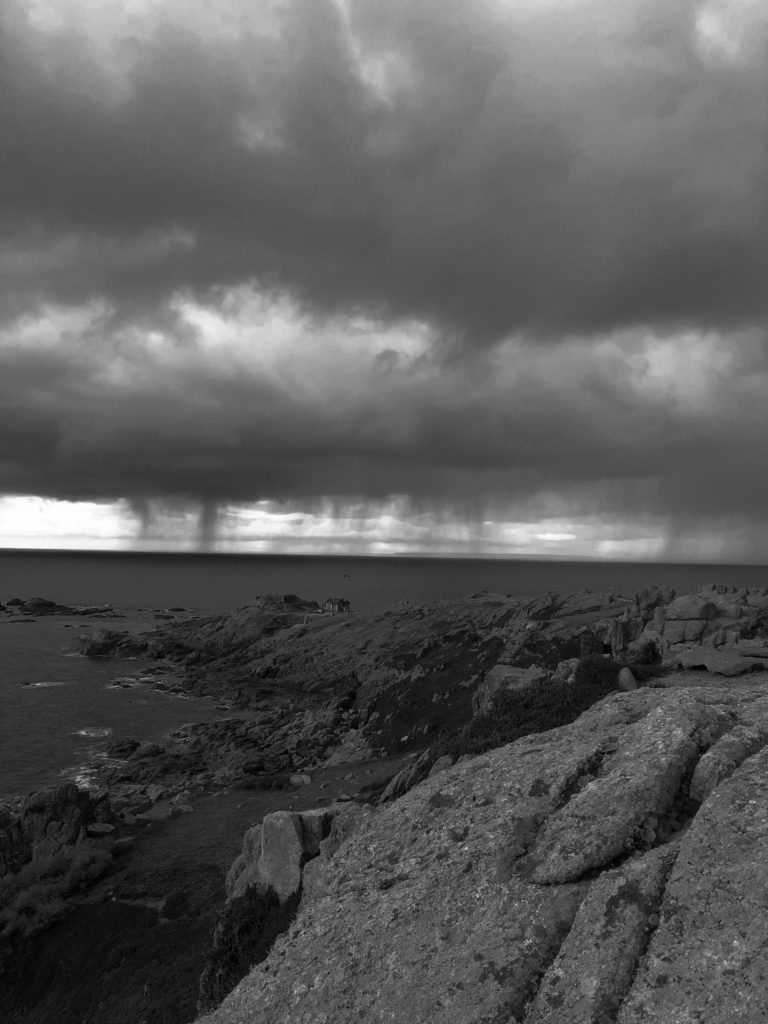
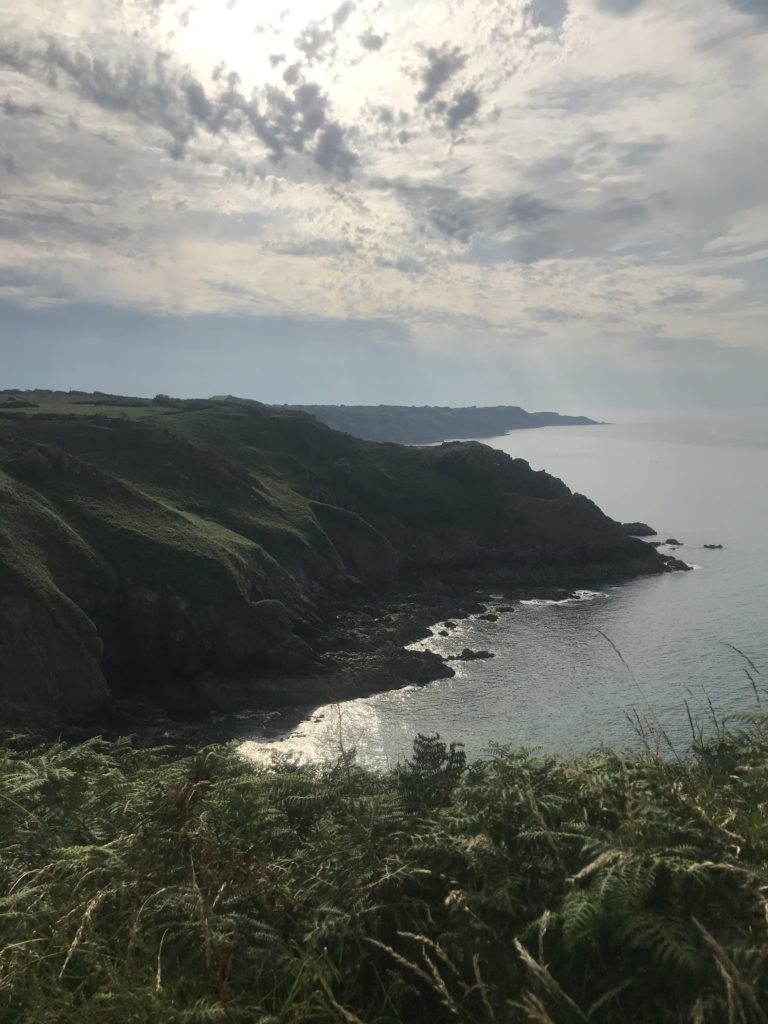
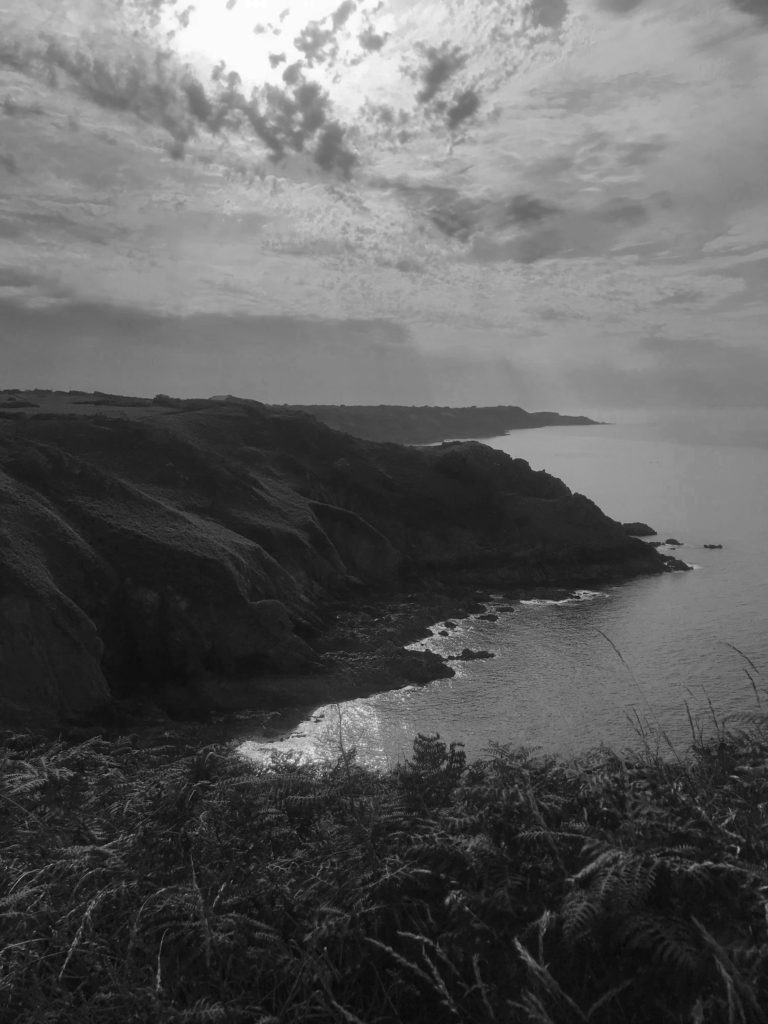

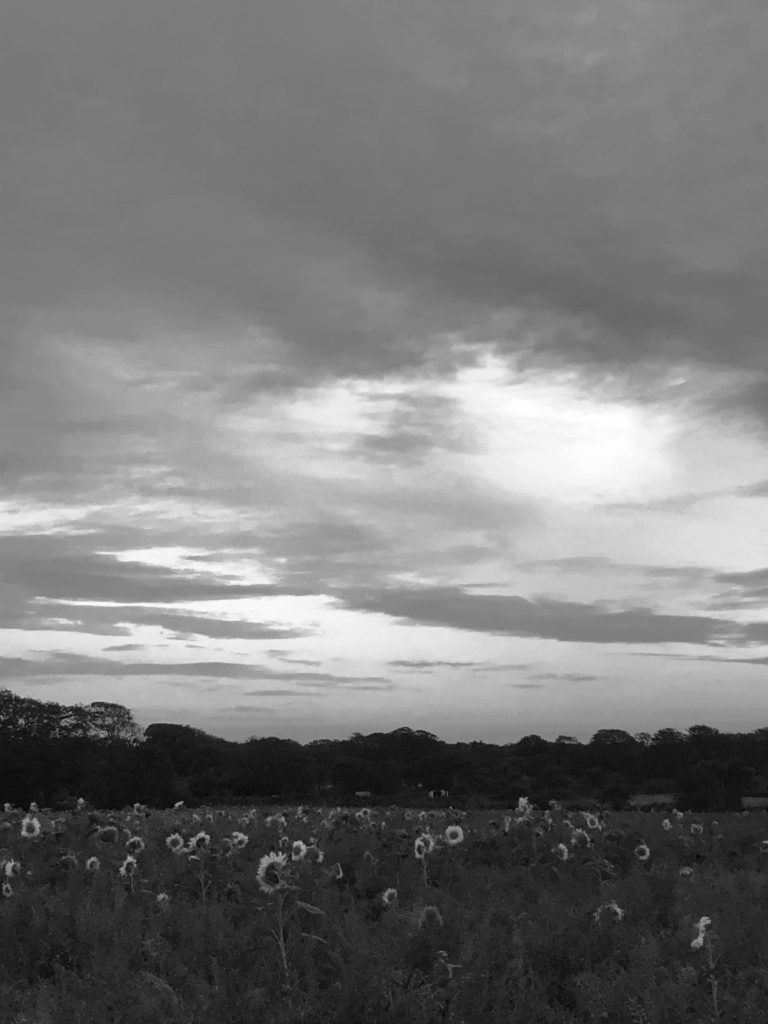
To edit these images, I used photoshop to give the photographs the same monochromatic theme that is iconically known within Ansel Adams work. I also adjusted the brightness and contrast curves to create more intense shadows and highlights, similar to the ones in the work of Adams.
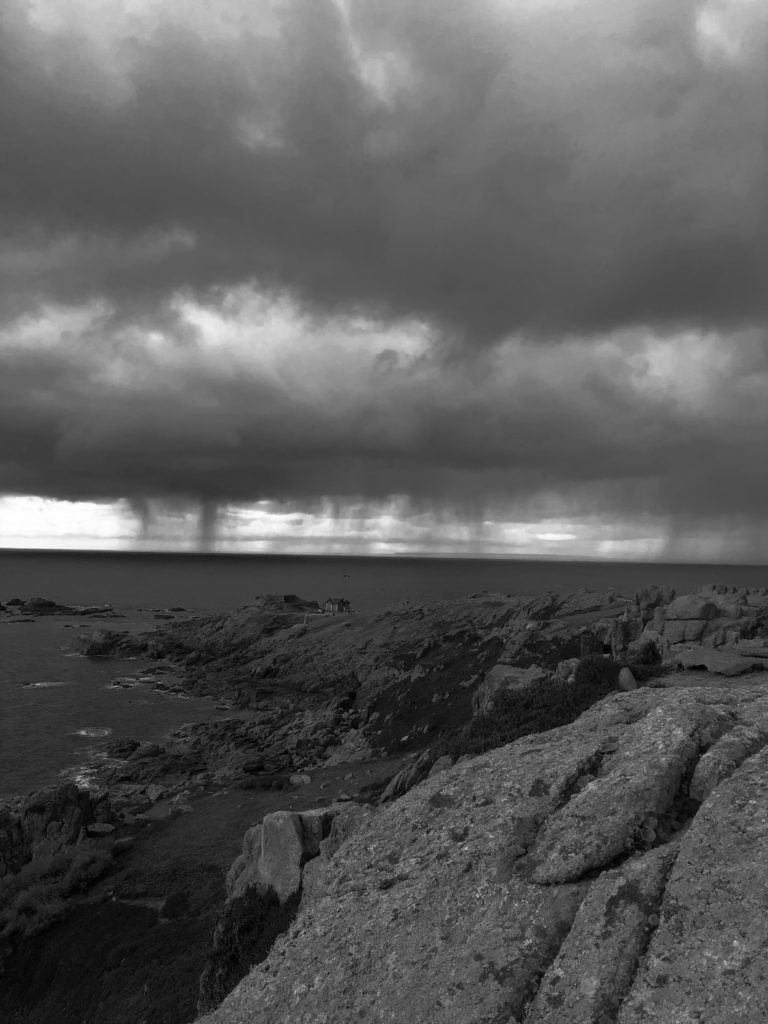

I believe my work and the work of Ansel Adams have both similarities and differences. In terms of similarities, the use of the black and white filter allows for the tones in both images to be accentuated and there is a sense of the sublime in both images. On the other hand the images are different because Adams photograph is taken on a much larger scale, he also practiced the use of using the tonal values of an image to it’s full capacity, whereas I had to alter the contrast and brightness levels in order to achieve the level of contrast that Adams is known for.
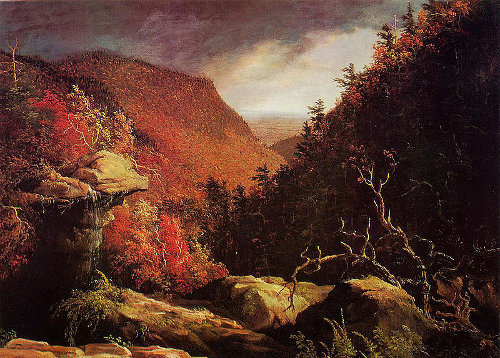
Romanticism in art became a poplar movement at the start of the 1800’s. Romantic art often saw links between the artists view of the ‘ sublime’, or expression of personal feeling and interest in the natural world. Romanticism emerged as a hopeful source on nature after the French Revolution in 1789, and shows the artist’s often exaggerated view on nature in order to create beauty out of the nature that was destroyed in war. Romanticism was shaped largely by artists trained in Jacques Louis David’s studio, including Baron Antoine Jean Gros, Anne Louis Girodet-Trioson, and Jean Auguste Dominique Ingres.




Romanticism has converted into a form of photography with the same aim as romantic art, to create an idealistic view of the world. Romantic photography depicts an exaggerated view on nature by which the features are dramatically and positively represented. This is done by editing a landscape image to create extreme contrasts between colour, tone and lighting. Ansel Adams is a perfect representation of romantic photography as his images display an almost magical view on the world’s natural state.

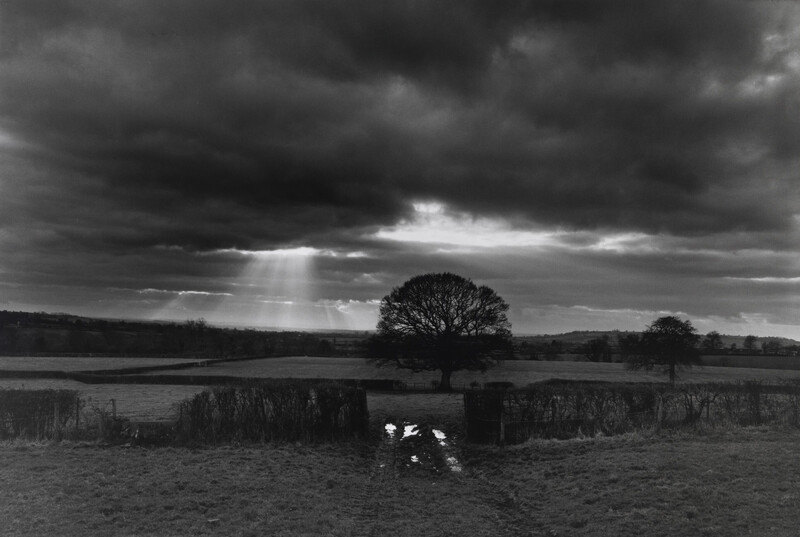


Ansel Adams, born in 1902 and died in 1984, was an American photographer and environmentalist who was passionate about capturing nature in it most beautiful and powerful form. Adams was given his first camera at age 12 on a family holiday to Yosemite National Park, and therefore discovered his love for both photography and nature through this. Adams help found group “f/64” which focused on embracing ‘pure’ photography and capturing a photo with it’s complete tonal capacity. Ansel Adam’s is an ideal representation of a romantic photographer as he dramatizes the natural world into an idealistic view.

This photograph taken by Ansel Adams in 1960, depicts the Northern California Coast Redwoods. This image ideally displays romanticism in photography with the use of extreme contrasting tones and juxtaposing levels of dark and light.
The harsh, natural lighting in this photograph both illuminates and darkens sectors of the image in an exaggerated manner. The lightest sections of the image can be seen in the trees in the foreground of the image, these are seen as an almost pure white against the contrasting darkness within the background of the image, as well as in the leaves and bushes of the photograph. As the shadows in the scene don’t fall in a particular direction, it is difficult to tell the time of day or the direction of which the lighting appears.
The white, thick lining of the trees act as leading lines for the viewer, as they direct the eyes to follow from the bottom of the image to the top. These lines create multiple focal points as they stand out amongst the darkness and create an upwards direction to the image.
The use of repetition can be seen within the trees of the photograph as these thick, leading lines are repeated throughout the image. However these repeated lines are contrasting as they vary in thickness and tone. The trees can also be seen as a form of echo as they almost duplicate each other.
There is a variety of both geometric and and organic shapes within this photograph. For example, geometric shapes can be seen in the straight-edged trees, which are juxtaposed against the more natural shapes seen in the leaves and bushes.
The depth of field is difficult to describe as the background consists of mainly negative, empty space. However I can guess that the depth of field is small as the foreground is in distinctively in focus, and the background is rather vague.
There is contrasting textures within the image. This can be seen in the leaves, which have a rougher and more jagged texture when compared to the trees which have a much smoother surface, therefor these are juxtaposed against each other.
There is an extreme contrast between light and dark tones within this image as Adams focuses on the extended use of tonal values in order to achieve a powerful juxtaposition between highlights and shadows. Ansel Adam’s goal in his work is to capture what is seen in the moment by the human eye, therefore this image is an accurate representation of the natural world. The darkest areas of the image can be seen in the shadows of the ominous forest within the background of the image. The lightest section of the image can be found in both in the off-white tree trunks and in sections of the leaves that cling onto the trees. Overall the image tends towards darkness, as the majority of the photograph contains darker tones, and these tones are more intense.
There is a lack of colour in this photograph due to the use of black and white film. The lack of colour allows for the tones in the image to be accentuated, creating a rather intense juxtaposition. If the image were taken in colour, the depth of field would probably be easier to work out as the background wouldn’t be in complete darkness. The contrast of colour would also be highlighted rather than the contrast in tones.
The composition of this image focuses on the use of lines rather than the use of thirds. There is no true focal point as the bright trees contain the viewers focus. I believe the photograph is balanced overall, as the contrasting tones are evenly distributed. The image produces an upwards direction for the viewer, directing their eyes from the bottom of the image to the top of the image.

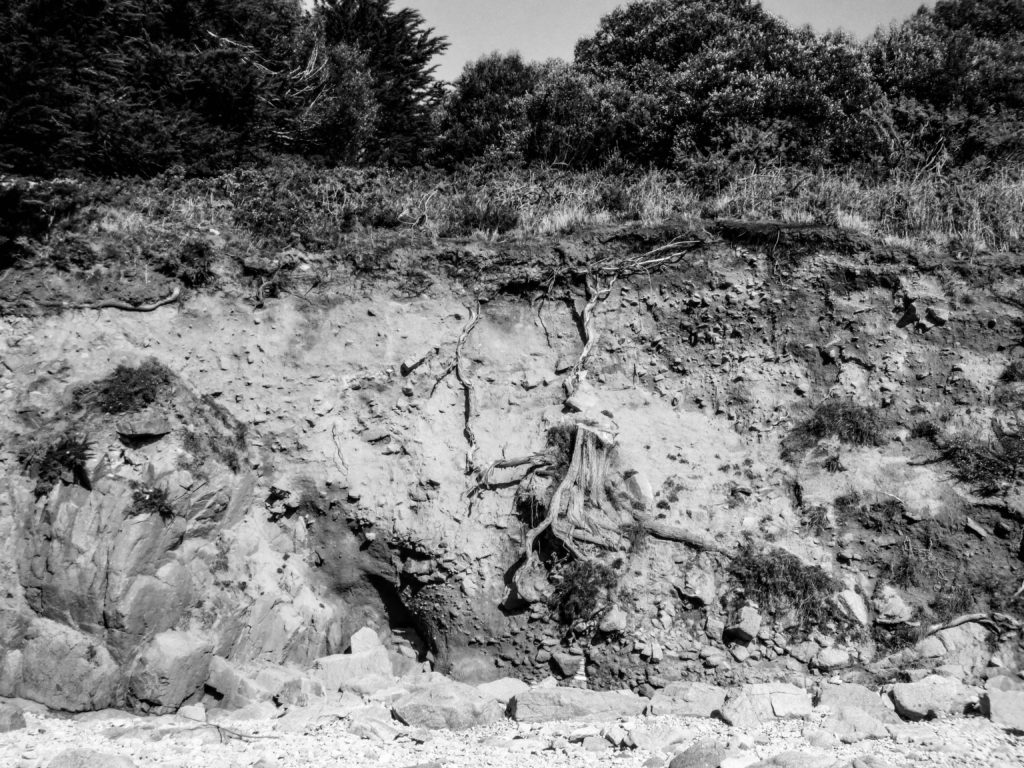


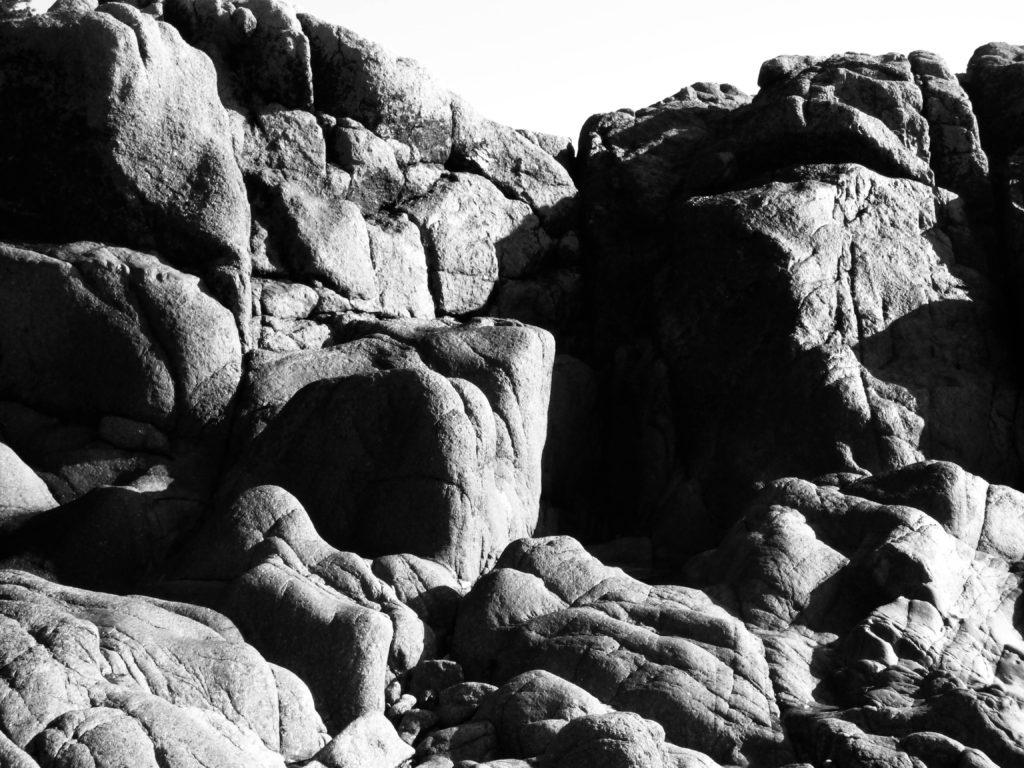
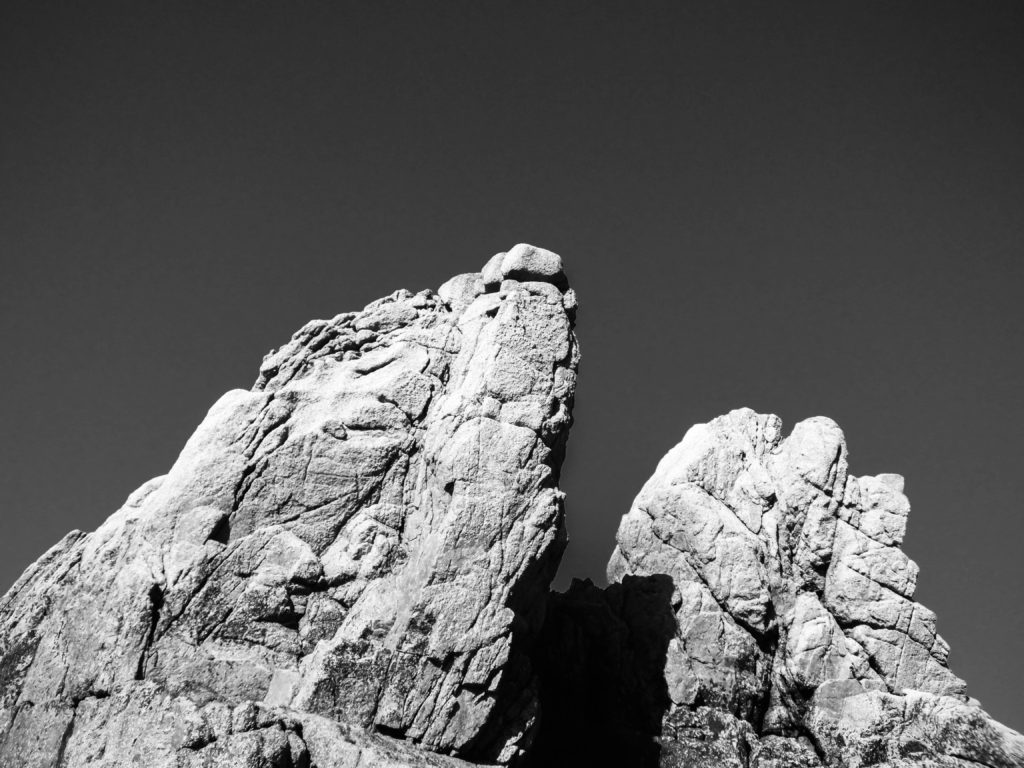
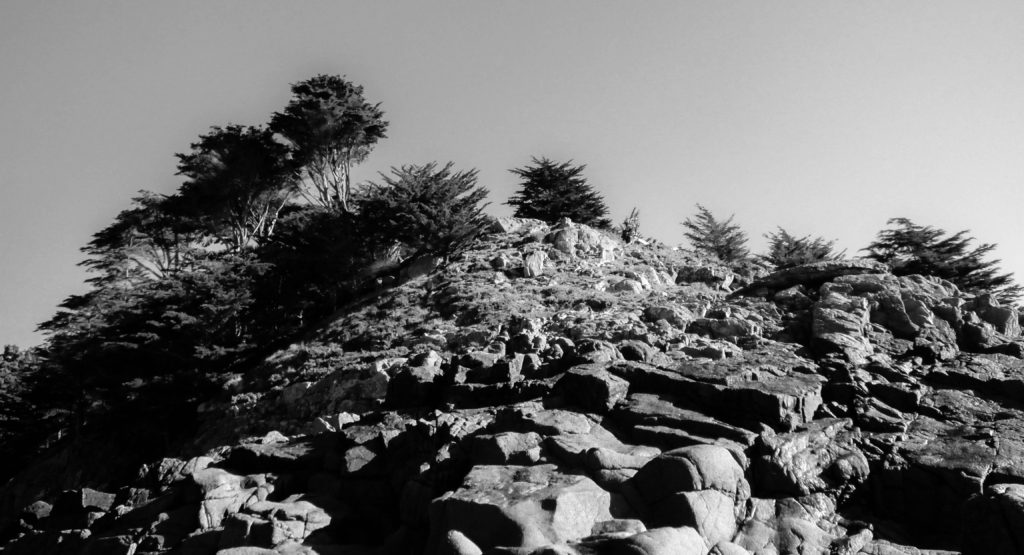
I chose a few images from my first selection and converted them to black and white, I also adjusted the contrast slightly to create a variety of tones, referring to Ansel Adams zone system of 0-10.
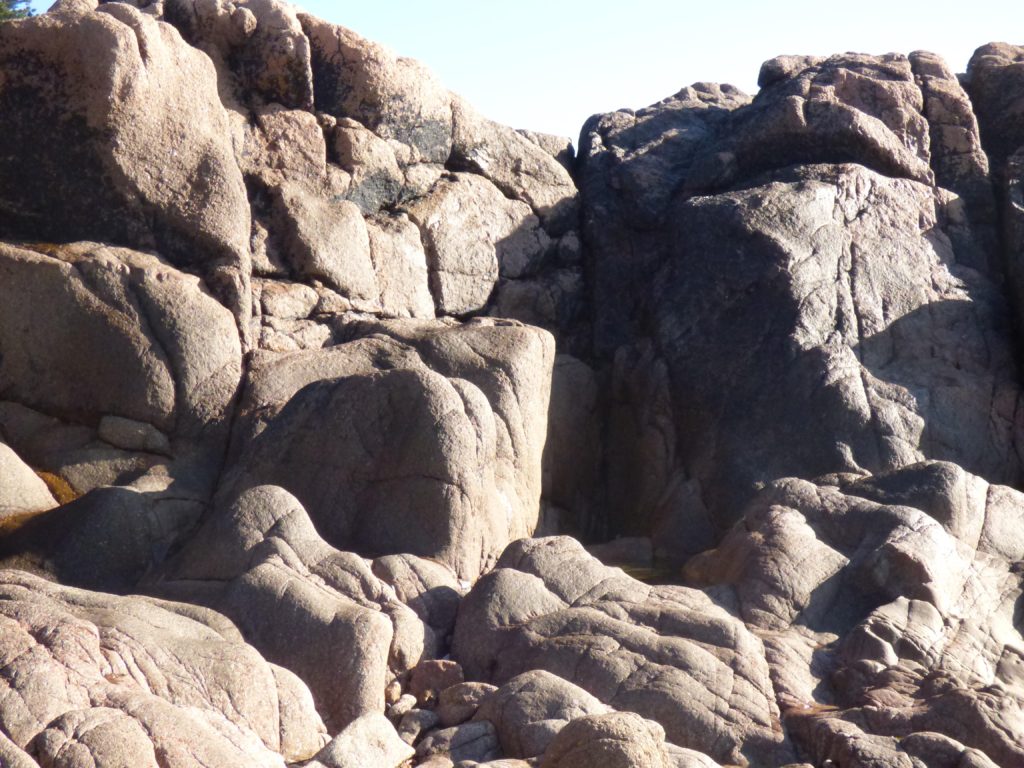
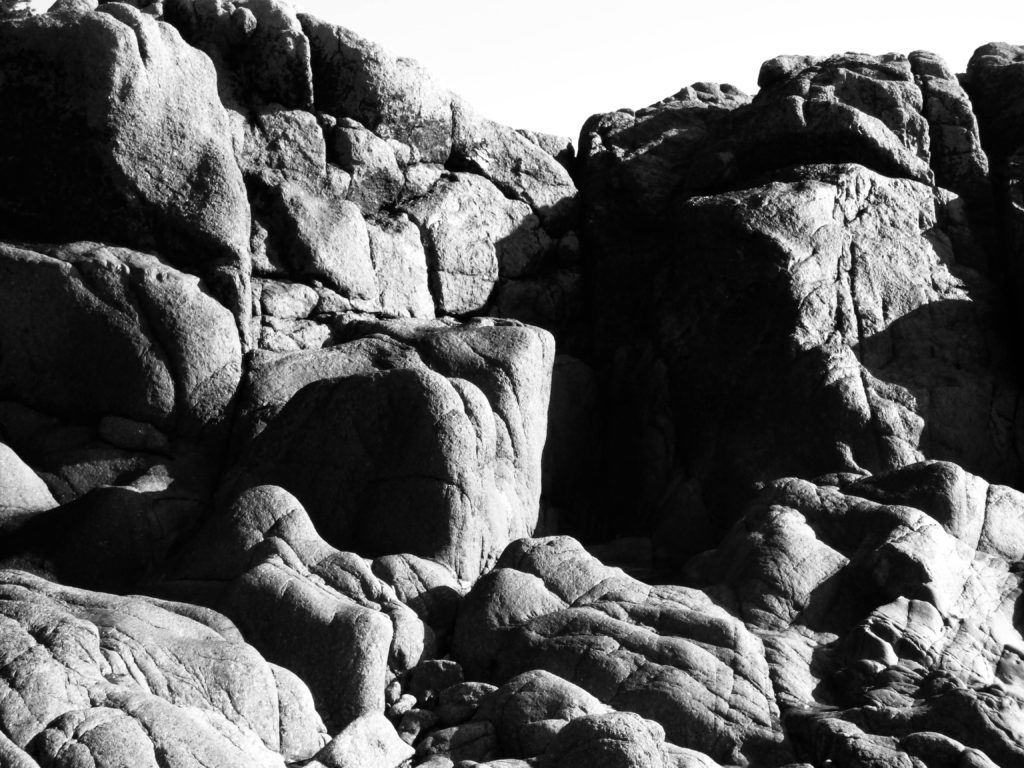
As you can see in the comparison above, the shadows are much darker and the brighter tones stand out much more. I also like the way that making and image black and white can trick the viewer, maybe making them question what exactly the image is and how close up they are to the focal point.

I decided to use this archived image of Corbiere Lighthouse as I know I already have photographs of this heritage sight and therefore can layer these images in order to show the juxtaposition of the site over time.
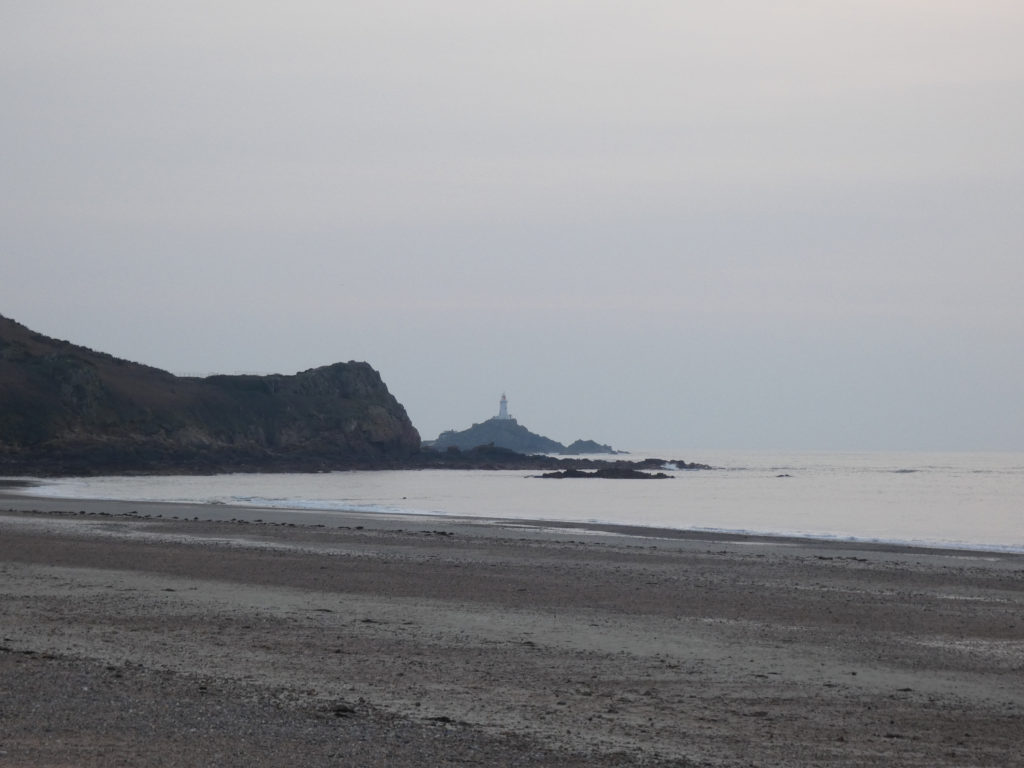
I am going to layer this image I have taken of Corbiere Lighthouse because the images have similar angles and both the images have a lack of colour, which I think will add an overall gloomy mood which would be interesting to contrast.

To juxtapose these images, I layered the archived image over my own photograph to project the contrast of the area over time. I then lowered the opacity of the archived image to create a ghost-like affect, almost representing time fading.
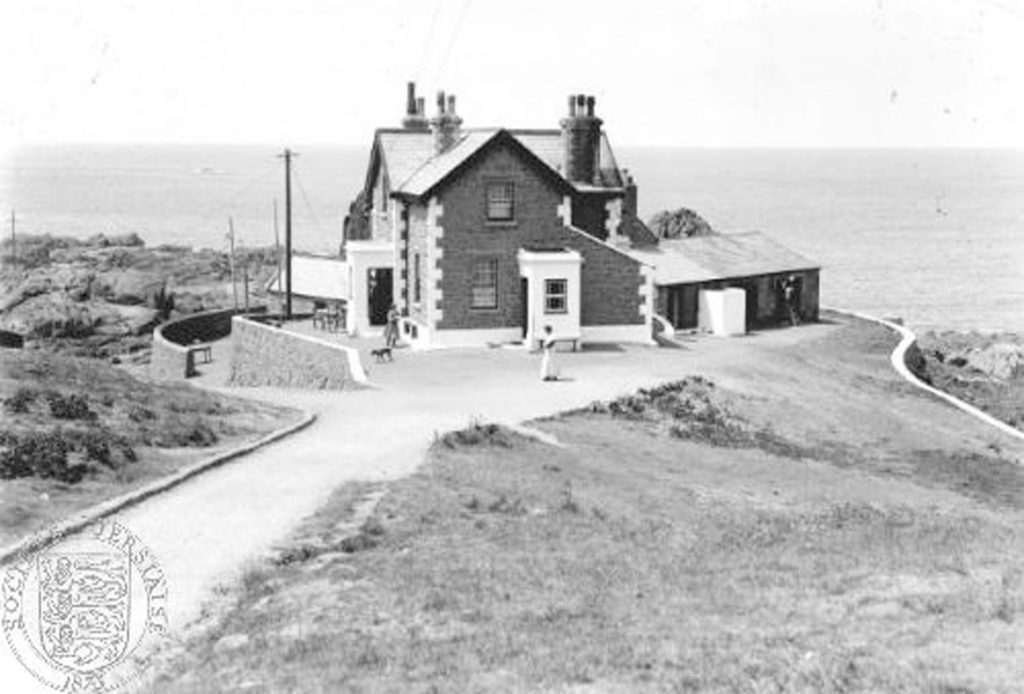
This image was taken by Edwin Dale of La Corbiere lightkeepers house with two ladies outside, a dog, a cat and a man on a ladder repairing gutters on the outbuilding.
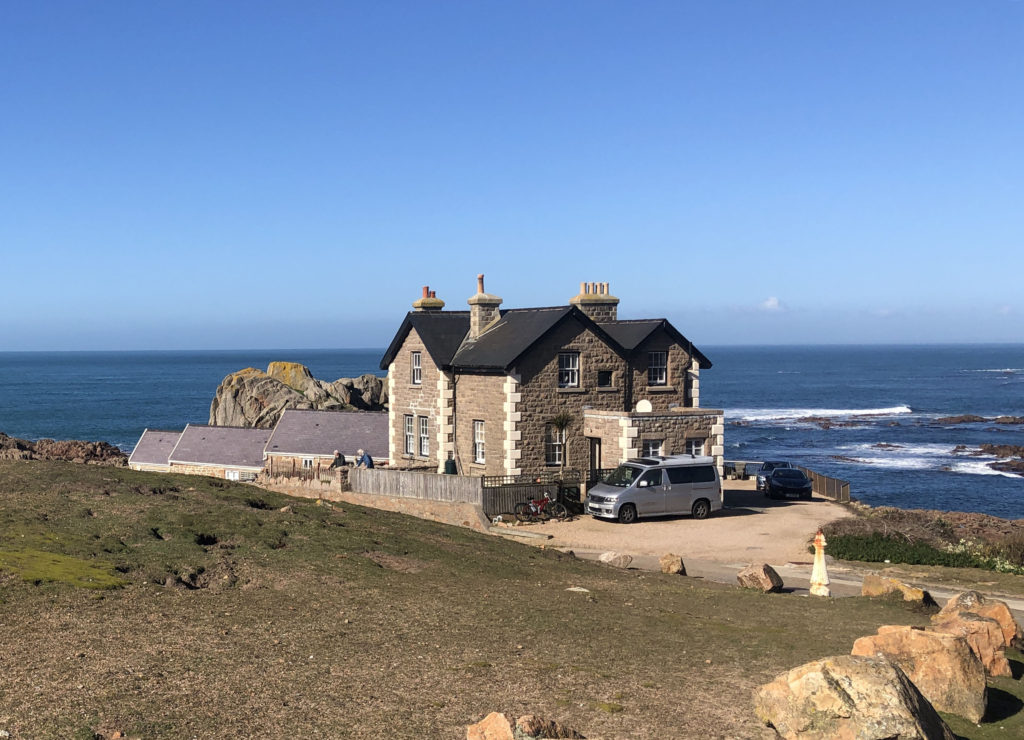
Juxtaposing the images

To create this image I found a photograph that I had taken and liked of this house at Corbiere and then searched in the Jersey Photo Archives for a similar photograph. I then opened both images on photoshop, lined them up with my image on top and cut out squares using the rectangular marquee tool.
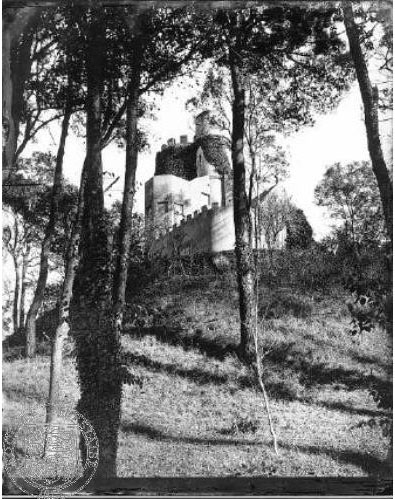
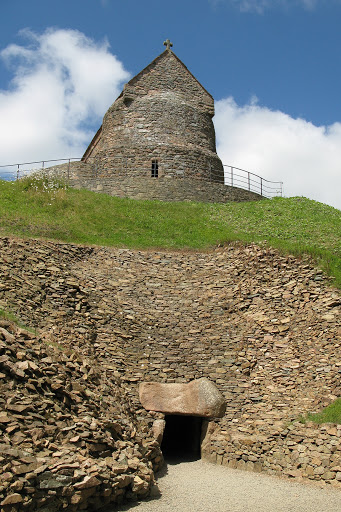
The photograph on the left was taken in 1870 by Ernst Baudoux of the view through trees up to Princes tower with boarded windows and chapel at La Hougue Bie.
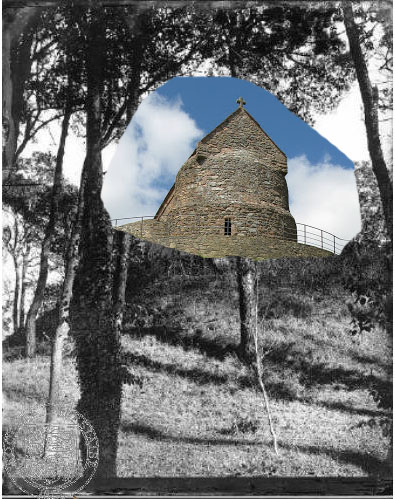
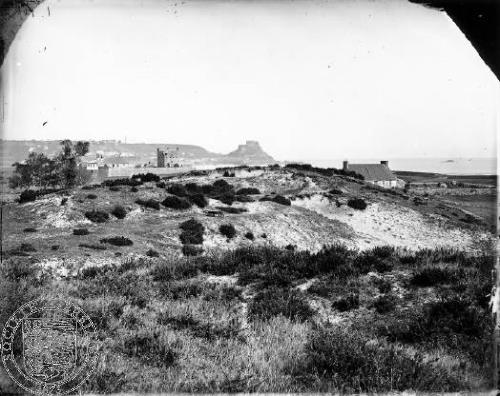
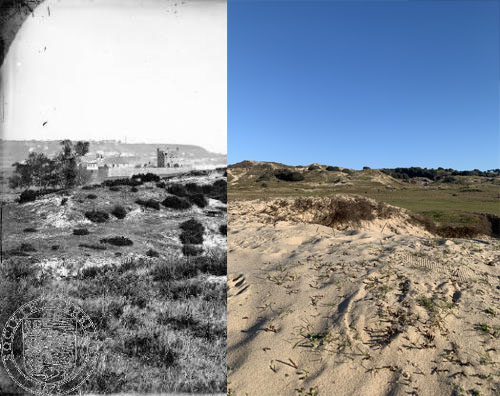
I used the old archive image of the sand dunes and pasted my image that I took and placed it over the old one. I tried to make it look like the headline is carrying on from one image onto the other. I like how this turned out because it shows you the difference in time.